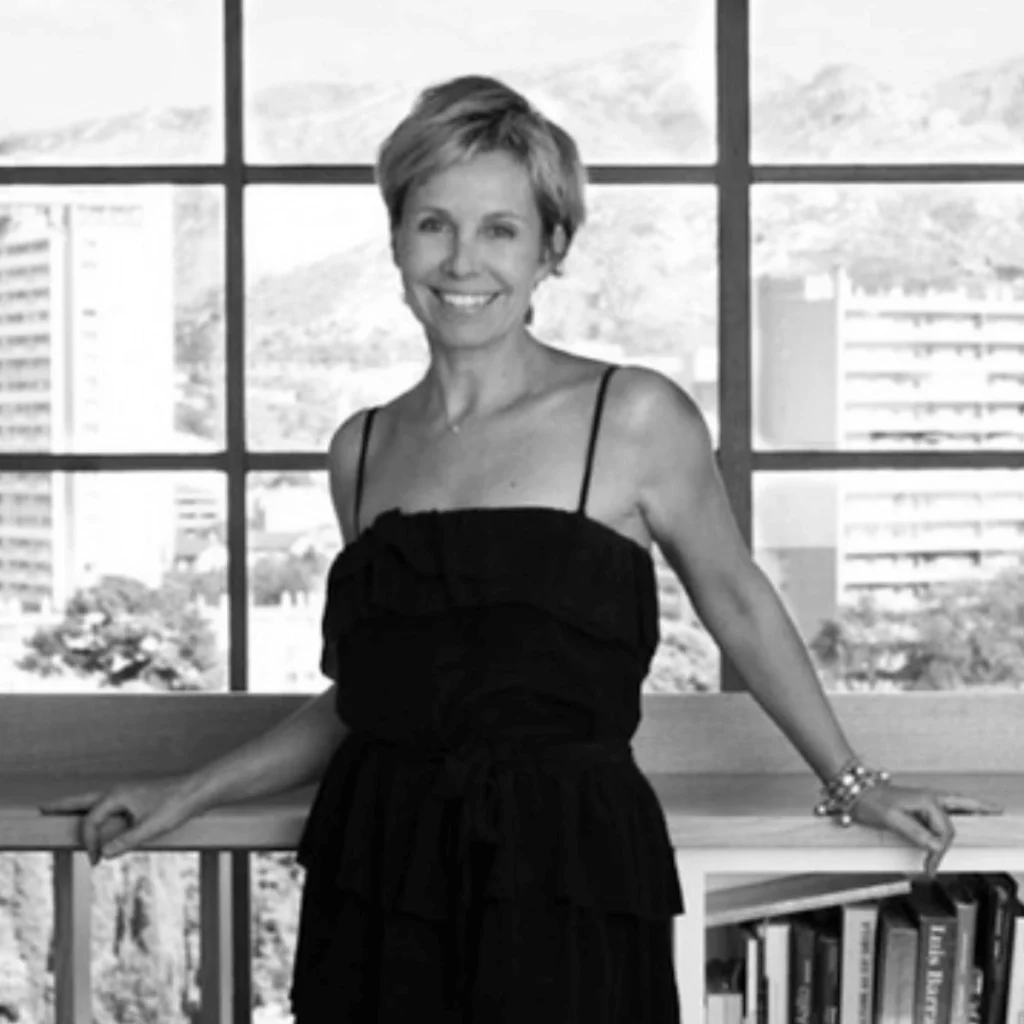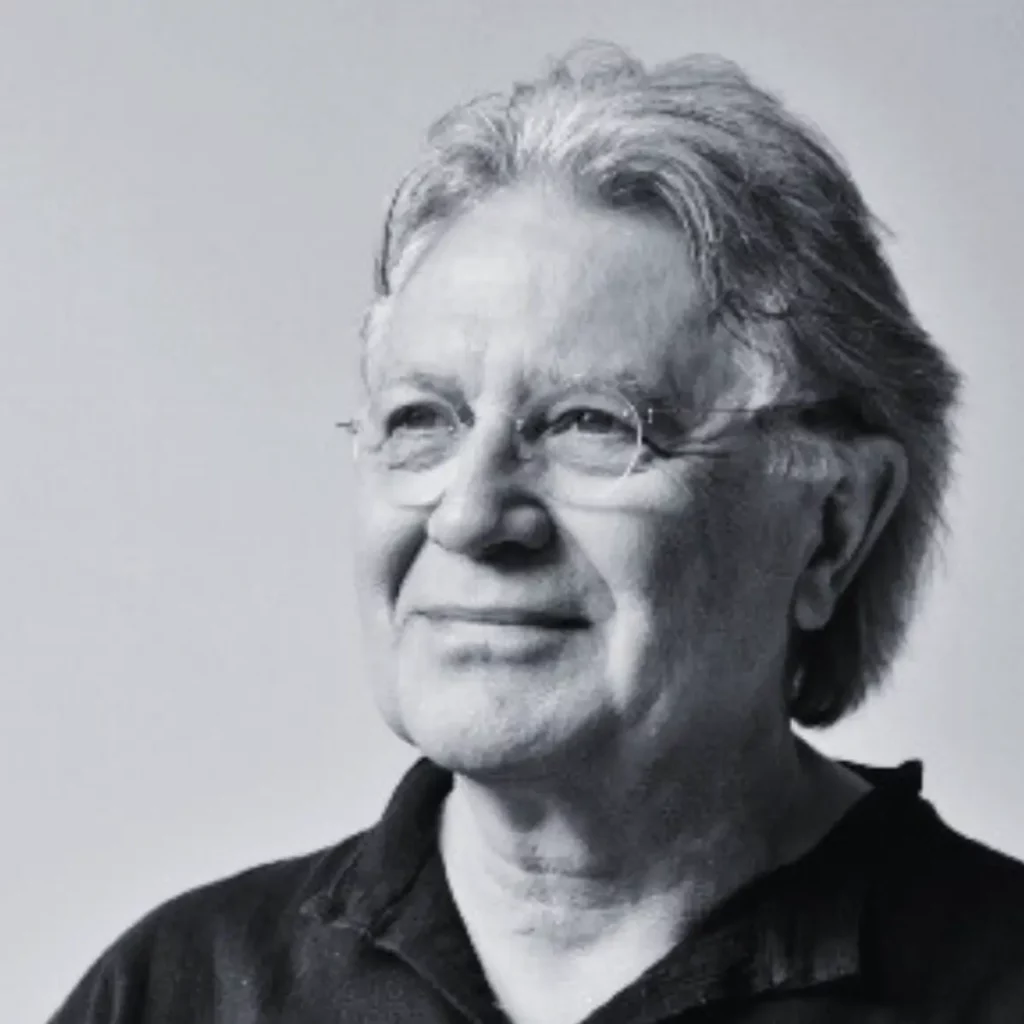
Ian Ritchie is one of the very few architects who manage to combine engineering and architectural innovation, and he has forged an oeuvre which is as consistently interesting as it is constantly surprising. His works include the Spire in Dublin and the superb and hugely popular Royal Shakespeare Company Courtyard Theatre in Stratford upon Avon. He was also instrumental in the design and engineering of the Louvre Sculpture Courts and Pyramid and La Villette Cité des Sciences in Paris and the Reina Sofia Museum of Modern Art in Madrid.
Maurizio Oddo is an Italian architect and academic specialising in architectural design and history. He holds a doctorate in Architectural Design from the University of Catania and another in History of Architecture from the University of Palermo. He is also a Full Professor in Architectural Design at the University of Enna “Kore”. He co-founded Studio BoMa in 2002 alongside Alessandro Barracco, finishing projects as Casa Ditta, the New Library of Enna and Piazza Belvedere of Triscina. He has curated exhibitions dedicated to Studio Purini_Thermes (2008) and the projects of Alvaro Siza (2011), contributing significantly to architectural discourse. His work bridges historical research and contemporary practice, reinforcing his role as a leading voice in Italian architecture.
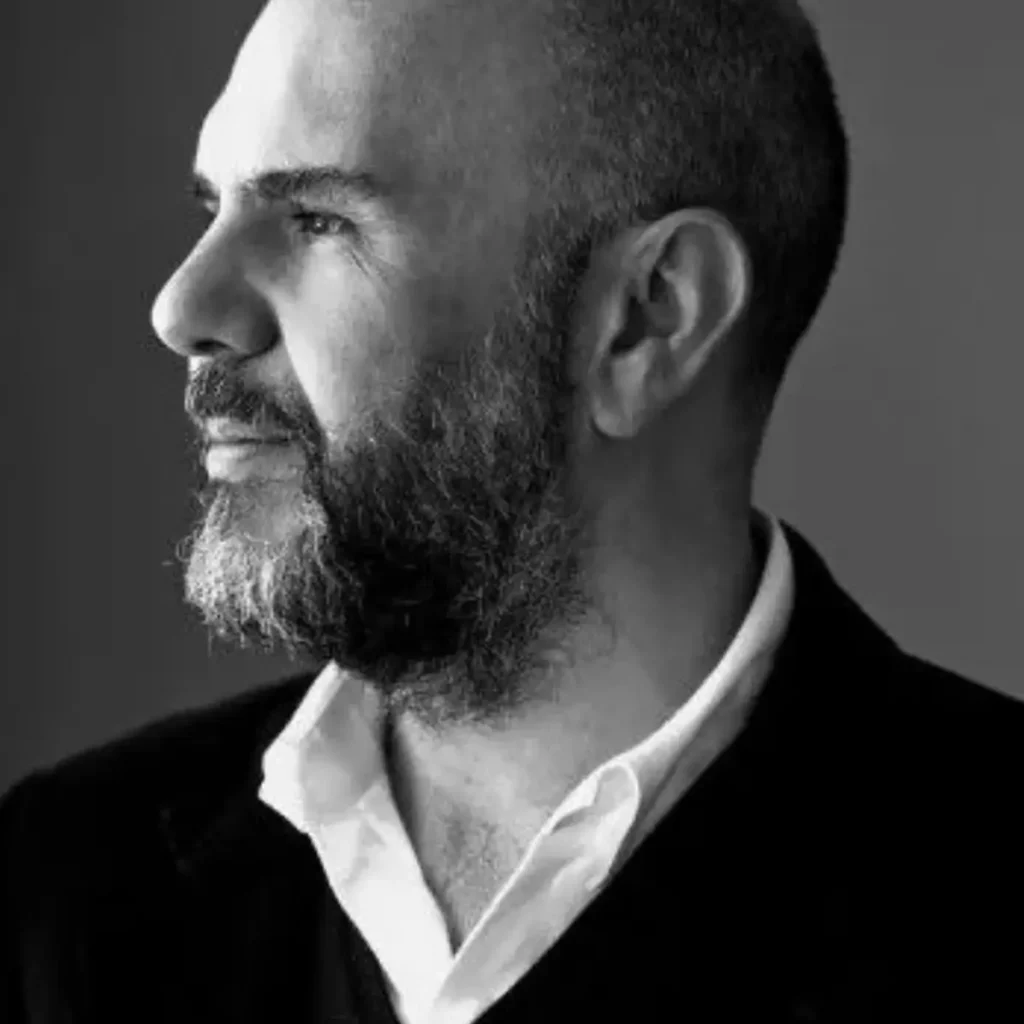
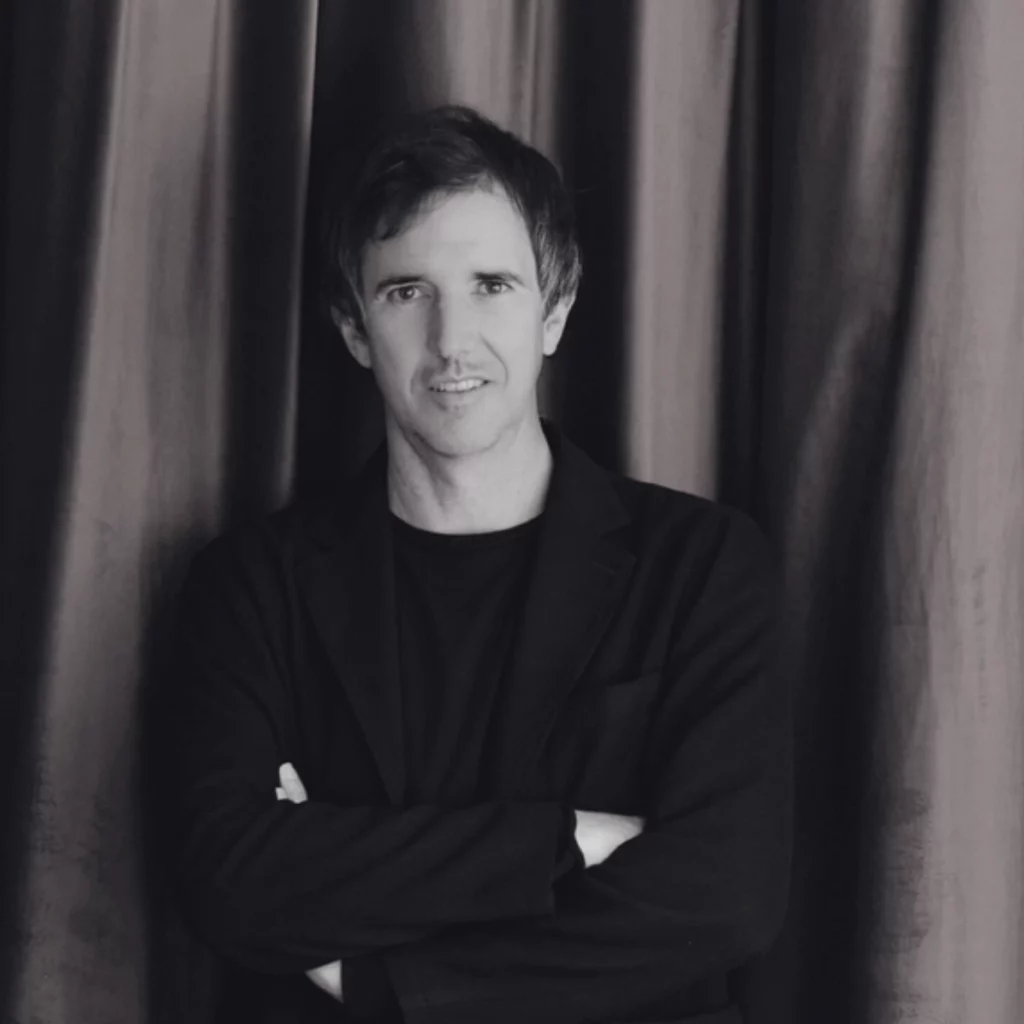
Guillermo Reynés, born in 1977 and an architecture graduate from the University of Navarra, began his career in notable firms like Carlos Ferrater in Barcelona and MVRDV in Rotterdam. In 2007, he established his own practice, GRAS-REYNES ARQUITECTOS. In addition to his architectural work, he lectures at institutions like CEU Valencia and IAAC in Barcelona. His firm’s projects have gained significant recognition, including an exhibition at the 2016 Venice Biennale. Based mainly in Spain, GRAS-REYNES ARQUITECTOS works on a diverse range of projects, from home renovations to urban design, and is expanding internationally.
Driss Kettani graduated from the National School of Architecture in Rabat in 2003 and founded Driss Kettani Architecture in 2005. His notable projects include the Laayoune Technology School (2014), Villa Agava (2016), and the Jacques Chirac School in Rabat (2019). With a deep awareness of place, culture, and community, he crafts environments that enrich daily life and embody cultural identity. In 2006, he won the Polydisciplinary Faculty of Taroudant competition with Saad El Kabbaj and Mohamed Amine Siana, later completing the Superior School of Technology of Guelmim (2011), which was shortlisted for the Aga Khan Prize in 2016. His work has been widely published, exhibited internationally, and recognized with awards such as the Mimar Sinan Prize (2016) and the Archmarathon Prize (2015).
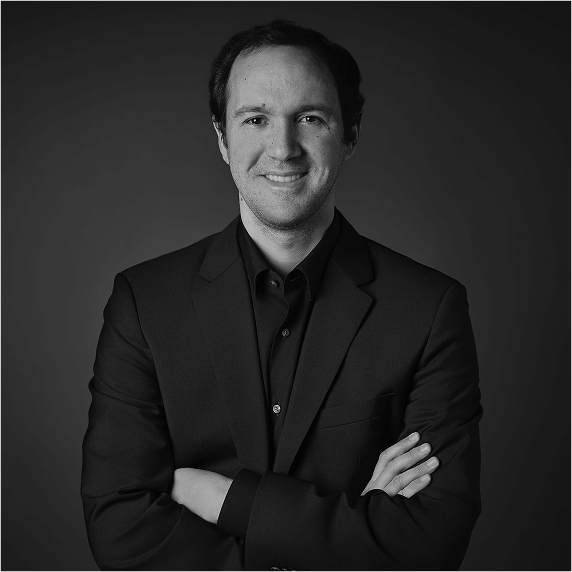
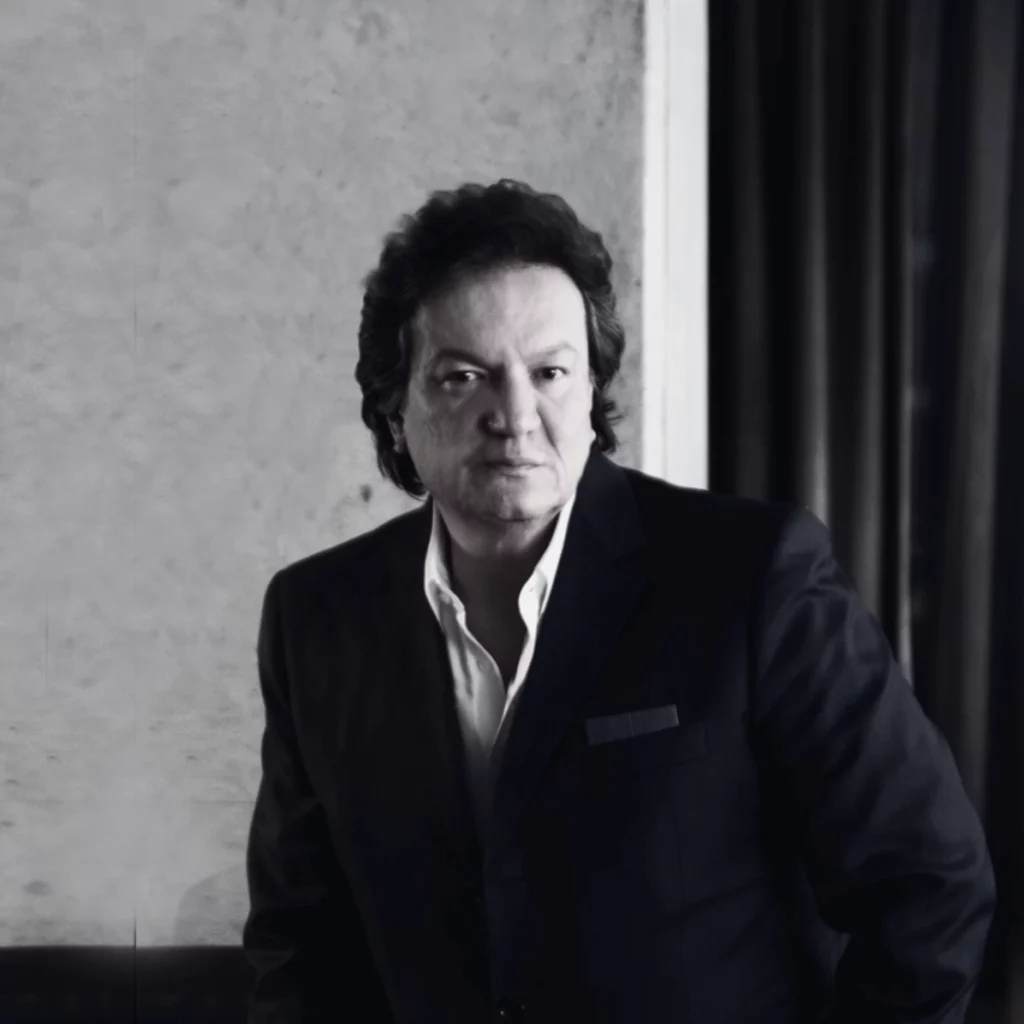
Emre Arolat, co-founder of EAA – Emre Arolat Architecture, is a renowned Turkish architect. After graduating from Mimar Sinan Fine Arts University, he gained international acclaim, winning the Mies van der Rohe Award (2004) for Minicity Theme Park and the RIBA International Prize (2018) for Sancaklar Mosque. A professor at the International Academy of Architecture, he frequently teaches at top universities. His collaborations with cultural institutions include co-curating the Istanbul Design Biennale (Musibet) and contributing to the Venice Biennale (arch I strata I antioch). Arolat’s work blends contemporary design with cultural and historical narratives.
Elias (b. 1984) and Yousef Anastas (b. 1988), raised in a family of architects, both earned their MA in architecture from Paris Val de Seine. After winning a competition for a music conservatory, Elias returned to Bethlehem, while Yousef pursued an MS in structural engineering at Les Ponts et Chaussées. In 2012, they founded Local Industries, focusing on industrial furniture-making with local artisans. They later established SCALES in 2016, a research department that connects often opposing scales. Their diverse projects include the All Purpose installation for the Venice Architecture Biennale, Radio AlHara, the Hebron Courthouse Project, and Stonematters, an experimental exploration of stone in architecture. They are soon launching the Wonder Cabinet in Bethlehem to unite artisans and artists in a cultural initiative.
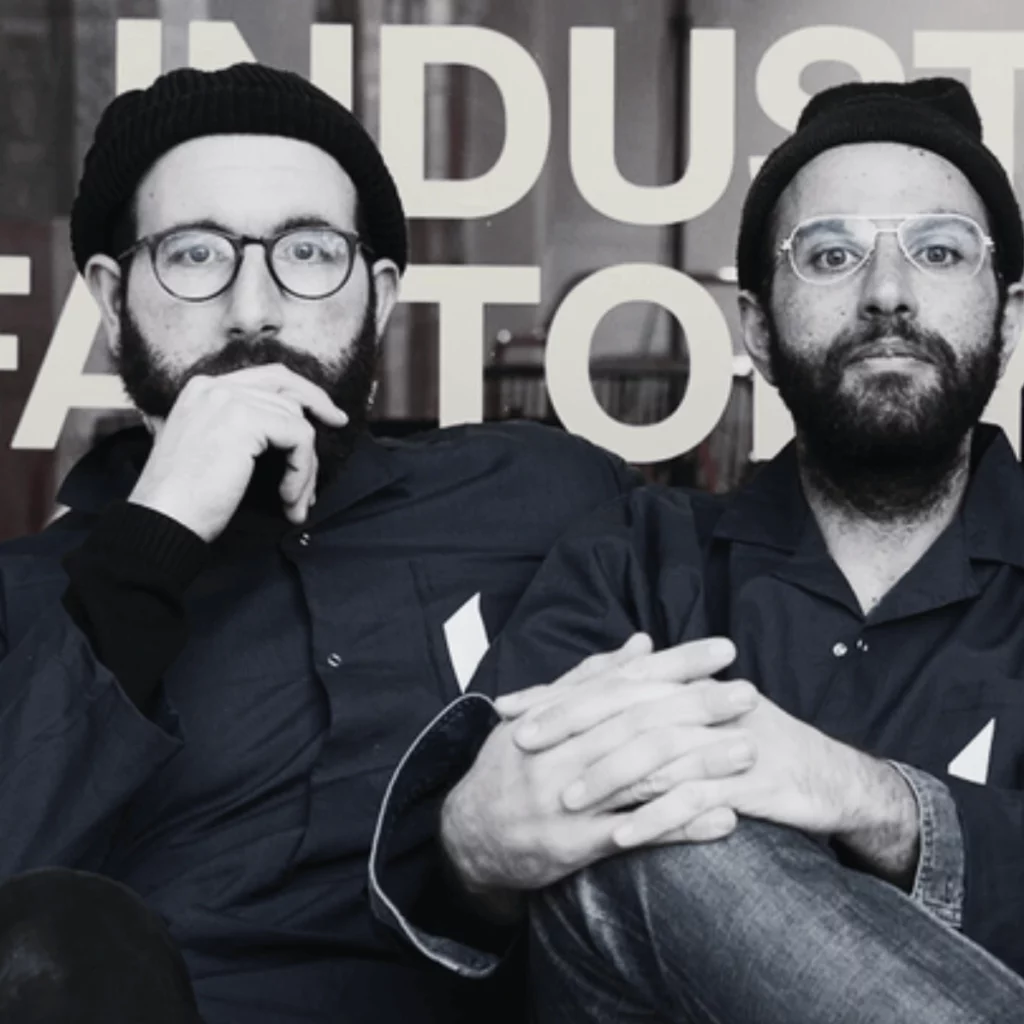
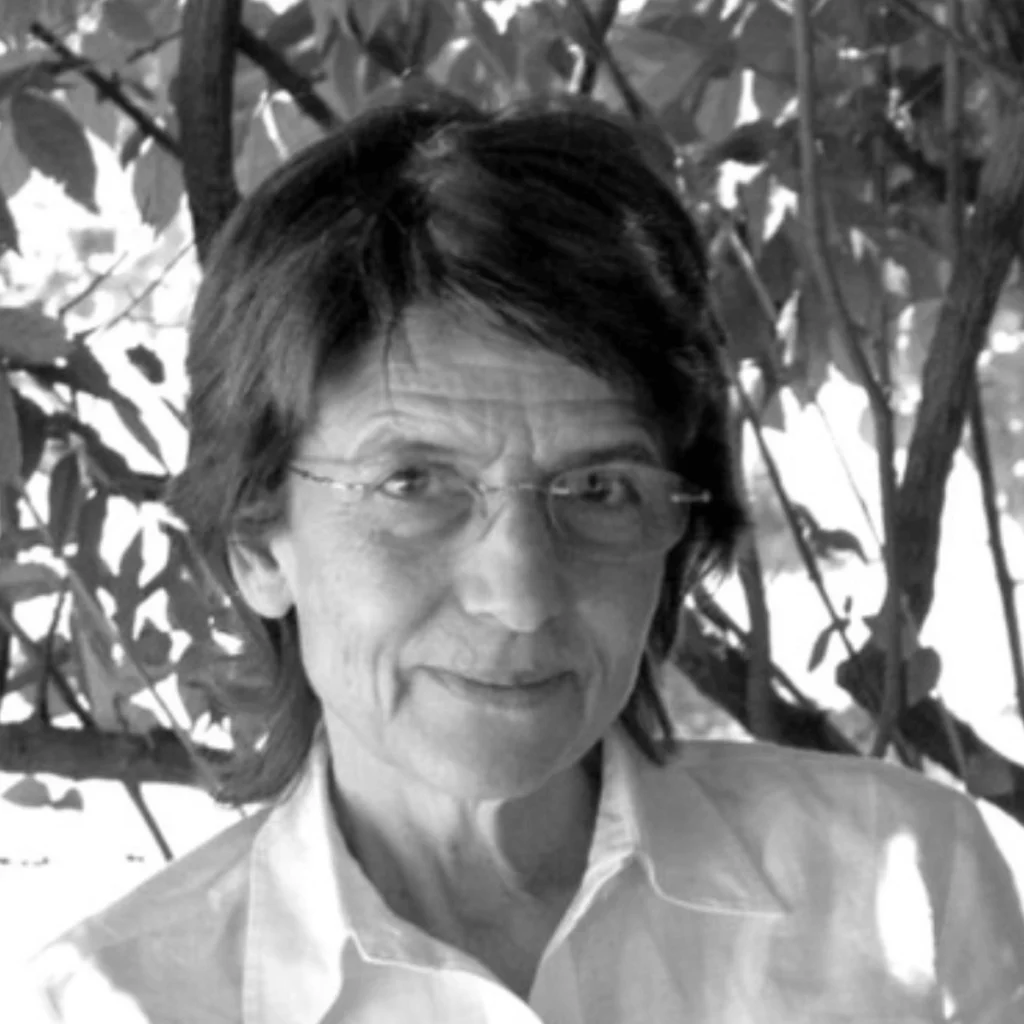
At 26, Agnes Couvelas established her own architecture practice, developing a diverse portfolio of culturally and environmentally responsive projects. Notable works include the Marathon Tumulus Archaeological Park, “The House of the Winds” in Santorini, and the Evriali Ecological Park. Her architectural language is grounded in a deep sensitivity to genius loci—the spirit of place — expressed through sustainable strategies, material restraint, and spatial clarity. Durability, livability, and energy efficiency are central to her ethos. She lectures extensively in Greece and internationally, and has served since 2003 as Visiting Professor at the Interuniversity MA Program in Museology at Aristotle University of Thessaloniki. In 2008, she introduced the concept of Interlocality — an idea she continues to develop through publications, lectures, and built work.
Born in 1964, Corinne Vezzoni studied at the École d’architecture de Marseille, beginning in 1987 after a childhood in Morocco. In 2000, she founded Corinne Vezzoni et associés at La Cité Radieuse with Pascal Laporte and later Maxime Claude became a partner in 2007. The agency focuses primarily on public regional and national competitions, with projects ranging from schools and cultural venues to medical facilities. Vezzoni lectures at the Université de Provence and guest lectures at institutions in Marseille. Internationally, she has taught at ILAUD in Siena and at the Venice Biennale. Her work also includes consulting and research missions. In 2011, she was named a member of the Académie d’architecture and serves on competition juries.
